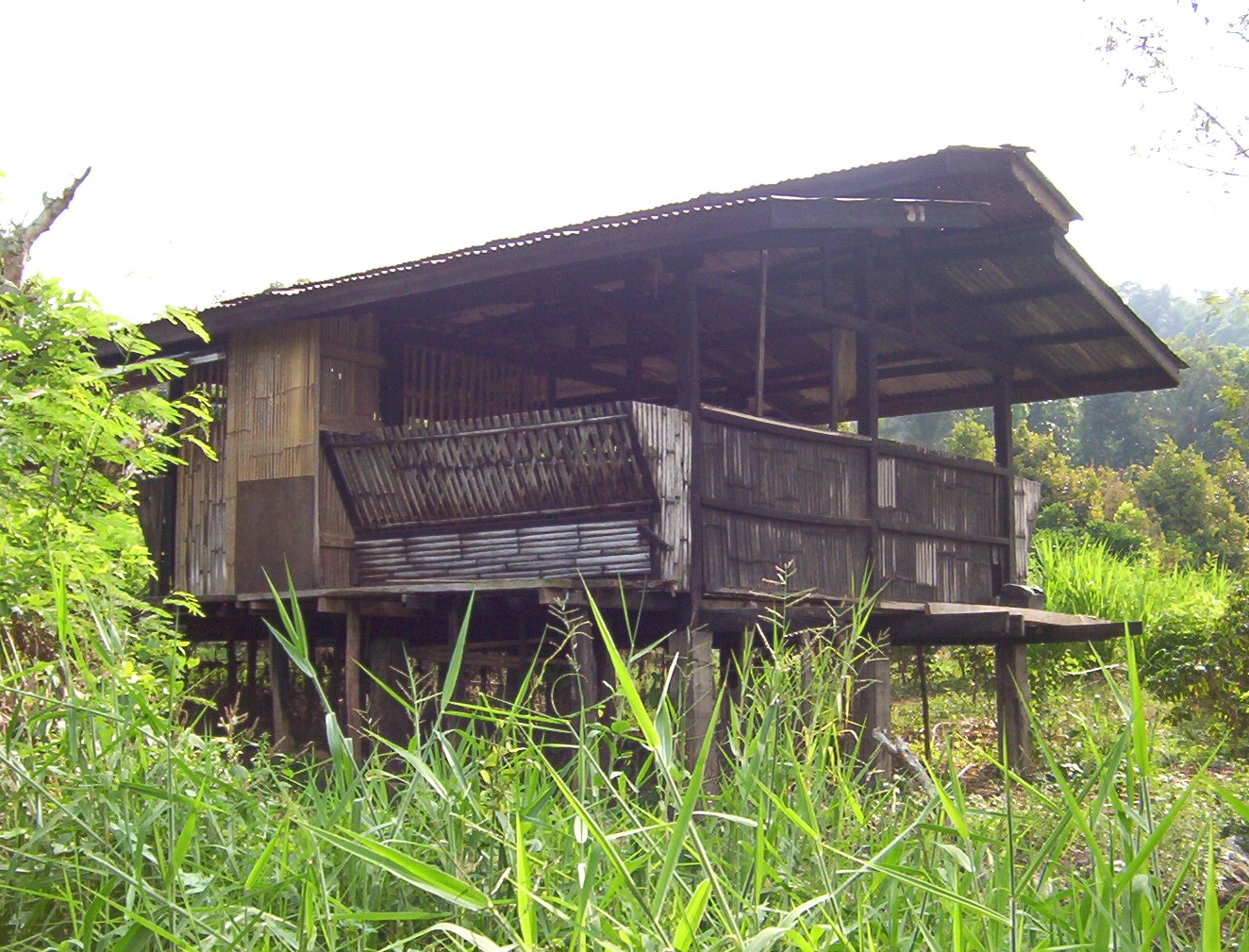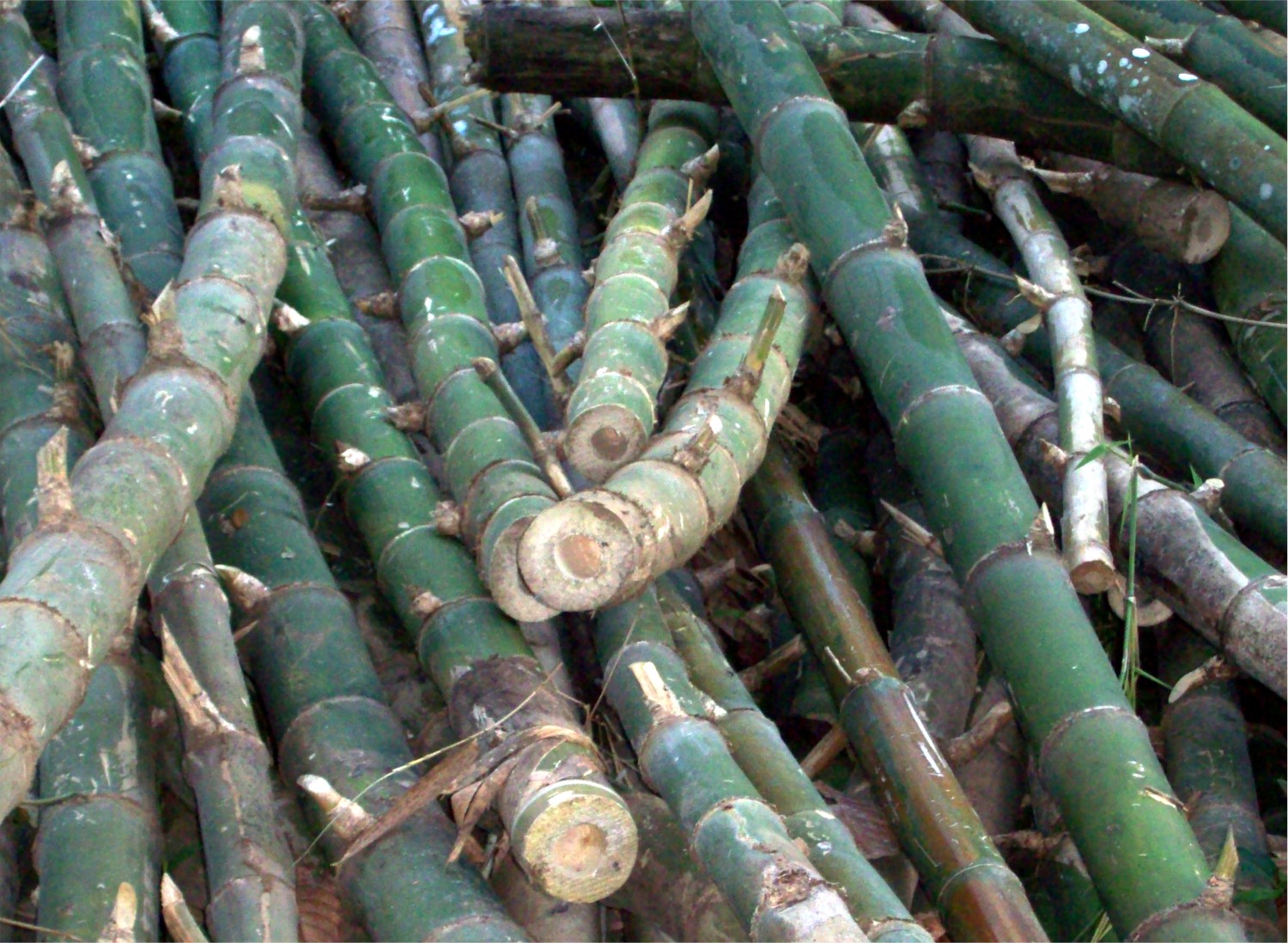Text and Photos by Henrylito D. Tacio
To restore the demand for bamboo, the Philippine Bamboo Industry Development Council (PBIDC) has urged the government to restore Executive Order 879, which mandated the Department of Education (DepEd) to use bamboo for school chairs and other furniture needs.
EO 879, signed by then President Gloria Macapagal-Arroyo, directed the use of bamboo for at least 25% of the desk and other furniture requirements of public elementary and secondary schools. It also prioritized bamboo utilization in furniture, fixtures, and other construction requirements of government facilities.
But due to limited supply, the bamboo industry wasn’t able to meet the 25% threshold. As a result, the DepEd unilaterally removed bamboo as part of acceptable material in teacher and student chairs and tables in 2021.
The PBIDC argued that the industry has yet to take off and realize its full potential. “This is the fastest growing tree that can be harvested in three to four years,” said PBIDC Officer Deogracias Victor Savellano. “Hopefully before (President Bongbong Marcos) steps down in 2028, it will already be a huge industry.”
Right now, investments in the bamboo industry have been largely private sector-led. In fact, the PBIDC – which provides the overall policy and directions of the industry – hardly had any budget and “could not fully function because of lack of budget.”
“Garlic, like other commodities, has been allocated with a budget of P100 million. But the budget went missing. With bamboo, there is no budget that was lost. Why? Because there is no budget at all,” Philippine Chamber of Agriculture and Food (PCAFI) President Danilo V. Fausto lamented.
The PBIDC has yet to convene, and its president, Edgardo C. Manda, hopes the meeting will be able to revive the industry. Aside from DepEd, the other members of PBIDC are the following departments: agriculture, science and technology, and labor and employment.
The Philippines is the fifth largest bamboo and rattan product exporter in the world and faces even bigger export potential. As such, the council said the government should support bamboo planting considering its versatility in use.
While it has extensive use as raw material in many industries, the country’s bamboo export actually slowed from a high of 106,000 kilos in 2011 to 35,000 in 2015 and even further lower to 8,00 kilos in 2018, according to Statista.com. Exports just picked up to 66,000 in 2020.
The bamboo project, initiated by the Department of Environment and Natural Resources (DENR), is seen over the long term to help boost bamboo exports.
The environment department is also pushing for the creation of mini “bamboo forests” in all of the country’s more than 1,500 cities and municipalities in an aim to create a nature-friendly, export-oriented bamboo lumber industry.
There is money in growing bamboo. In fact, Filipino farmers could earn a net income of “as much as P200,000 per hectare” by planting giant bamboo. That’s what Emmanuel Piñol, then head of the Mindanao Development Authority (MinDA), found out when he visited the Bukidnon Giant Bamboo Resourced Corporation.
“Farmer can make a profit of P200,000 per hectare per year, year after year with minimal maintenance cost (no replanting, fertilizer, etc.),” said the prospectus released by Mindanao’s first bamboo processing facility.
Several bamboo species grow in the Philippines, but giant bamboo (known in the science world as Dendrocalamus asper) is the most preferred commercially. Other important species are kauayan-tinik, kauayan-kiling, bayog, botong, bolo, anos, and buho.
“What makes bamboo a versatile crop is its regenerative characteristic where several shoots grow to replace a harvested pole,” said Rod Bioco, the corporation’s president who sets up the bamboo processing facility in Malaybalay City.
Among the end products the corporation produced are treated and dried bamboo slats (intermediate raw material), laminated bamboo lumber/beams and boards, and finished products (like doors, jambs, mouldings, and furniture).
“Most of these materials are now manufactured in China and imported by construction supply companies,” said Piñol in a statement he posted on his Facebook.


Thus, growing giant bamboo is a profitable venture. The development cost up to three years of rearing is P50,000 per hectare (100 to 150 clumps). According to the prospectus, initial harvest can be started after 5-6 years, but commercial harvesting starts in the seventh year. Poles should be 3-5 years old.
Farmers get a net income of P90-P120 per pole. The yield is 120-150 poles per hectare per year or around 120-150 metric tons per hectare per year. Some farms get 1,500 to 2,000 poles per hectare per year (15-20 poles per clump).
The prospectus said harvesting crew get P50-P80 per pole, depending on the terrain, thus generating an income of more than P8,000 per 16-metric truckload per 4-5 days per crew of 6-7 people.
Ideally, the supply is within a 30-kilometer radius to control trucking costs (less than P50 per pole or P0.50 per kilogram). The plant capacity is 60,000 metric tons per year (two shifts) or 600,000 poles per year, which can be supplied from just 600 hectares of giant bamboo.
The buying price is P2.50 per kilogram on a delivered/unloaded basis.
The production capacity, when finished, is 200 metric tons per day or 2,000 of fresh poles (3-5 years old at 40%mc), yielding 24,000 board feet per day. The investment is P150 million.
For dried, treated slats, they spent P55 per board feet and export them at P65 per board feet. “We sell engineered bamboo lumber or beams for P100 per board feet and panel boards for P120 per board feet,” Bioco said. “If we process them further into mouldings, floor panels, doors or jambs, we can sell for P180-P250 per board feet, while furniture can fetch P300-P500 per board feet.”
Bioco said they are hoping to sell more locally. “Every board foot of engineered bamboo is a board foot of a tree not being cut,” he pointed out.
Bamboo is a climate-smart crop. It grows faster than hardwood trees and is considered a renewable resource as it is grown as a plantation crop.
“Bamboo propagation battles climate change and global warming by growing faster than hardwood trees and absorbing more carbon to support agricultural productivity and sustainability,” said Manda.

